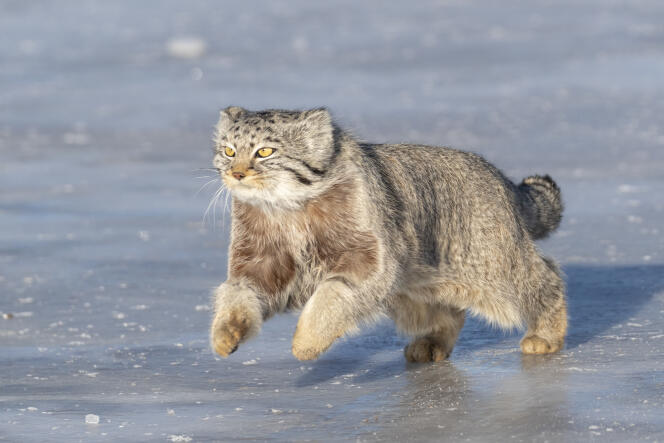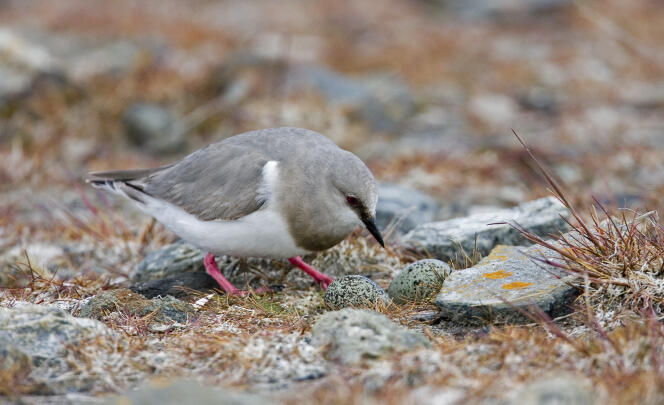


The 14th Conference of the Parties (COP14) to the Convention on the Conservation of Migratory Species (CMS) of Wild Animals ended on Saturday, February 17, in Samarkand, Uzbekistan, with a series of commitments designed to protect migratory animals. Many species are expected to benefit from improved international cooperation to limit capture and predation by humans, preserve their habitats and strengthen the connectivity of the environments they depend on, regardless of national borders. Some 50 resolutions or concerted actions have been adopted, one of the most significant being the initiative by 30 governments, coordinated by India, to commit to protecting the hundreds of species of migratory birds using the great Central Asian migration route.
The meeting opened on February 12 with a report commissioned by the United Nations, the first of its kind, warning of the bleak outlook for the future of these species: Of the 1,200 or so listed in the two CMS appendices – the first listing threatened species, the second listing those with an unfavorable conservation status – one in five is at risk of extinction. And almost half (44%) are seeing their populations decline.
According to the report, nearly 400 migratory species that are "threatened" or "near-threatened," in the terminology of the International Union for Conservation of Nature, have not yet been included in the CMS appendices. At the end of the conference, 14 new species were added to one of the two lists in the convention's two appendices: the Pallas cat (Felis manul), the Pacific porpoise (Phocoena phocoena), the bull shark (Carcharias taurus) and the Magellanic plover (Pluvianellus socialis).

One of the most endangered, the Balkan lynx (Lynx lynx balcanicus), a subspecies of the Eurasian lynx, is in critical danger of extinction. The big cat is considered "migratory" due to its cross-border movements in the mountain forests of the southern Balkans, between Kosovo, Northern Macedonia and Albania. For the EuroNatur foundation which is involved in monitoring and protection programs, the fact that its listing was championed "by the government of North Macedonia and supported by the Albanian government" "marks an important commitment."
"This is particularly pleasing, as with this step the government officials are making a clear commitment to protect the rare cat," added the foundation in a statement. The Balkan lynx is threatened by overexploitation and fragmentation of the forest, the scarcity of its prey – also hunted by man – and poaching.
You have 39.85% of this article left to read. The rest is for subscribers only.
